The United States Coast Guard is responsible for approving flotation devices, including personal flotation devices (PFDs). The Coast Guard places approved PFDs into categories based on what type of situation they are appropriate in. The categories are as follows:
| Type I PFD: Off-shore life jacket |
Best for all waters, open ocean, rough seas, or remote water, where rescue may be slow coming. | 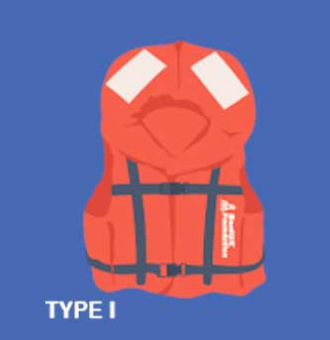 |
| Type II PFD: Near-shore buoyant vest |
For general boating activities. Good for calm, inland waters, or where there is a good chance for fast rescue. | 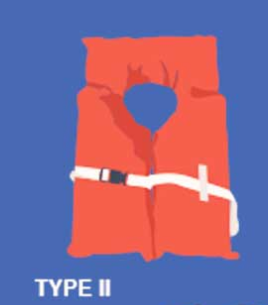 |
| Type III PFD: Flotation aid |
For general boating or the specialized activity that is marked on the device such as water skiing, hunting, fishing, canoeing, kayaking and others. Good for calm, inland waters, or where there is a good chance for fast rescue. | 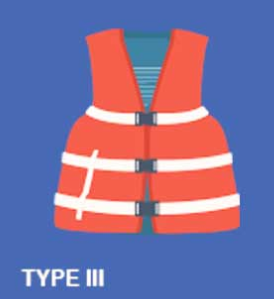 |
| Type IV PFD: Throwable device |
Buoyant device thrown to a person in the water. Not for use with non-swimmers or unconscious people. May be square, ring-shaped, or horseshoe-shaped. | 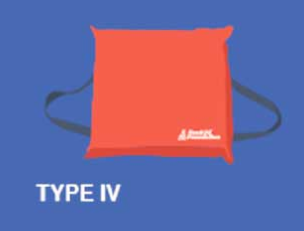 |
| Type V PFD: Special use device |
Only for special uses and purposes. See label for use limitations. | 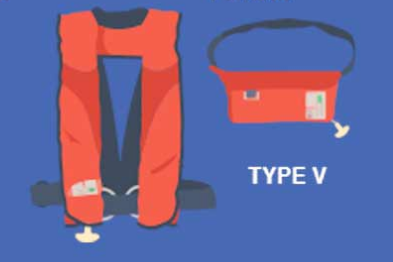 |
Images: https://www.boatus.org/life-jackets/types/
Always check the label on any device intended to be used as a personal flotation device to ensure that it is approved by the United States Coast Guard. The label on the device will also say what type it is, which will indicate what types of conditions the device should be used for.
Arm floaties (also called water wings), swimming vests, pool noodles, inner tubes, and other pool toys are NOT personal flotation devices and should not be used as such. They should always be paired with touch supervision.
- Personal flotation devices and floaties may provide a false sense of security in the water. Enroll your child in swimming lessons to develop their swimming skills, keep close tabs on their swimming ability, and always actively supervise when they are around water.
